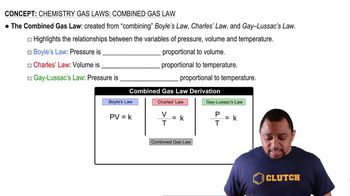A reaction for converting ketones to lactones, called the Baeyer–Villiger reaction,
is used in the manufacture of plastics and pharmaceu- ticals. 3-Chloroperbenzoic acid is shock-sensitive, how- ever, and prone to explode. Also, 3-chlorobenzoic acid is a waste product. An alternative process being developed uses hydrogen peroxide and a catalyst consisting of tin deposited within a solid support. The catalyst is readily recovered from the reaction mixture. (a) What would you expect to be the other product of oxidation of the ketone to lactone by hydrogen peroxide?





